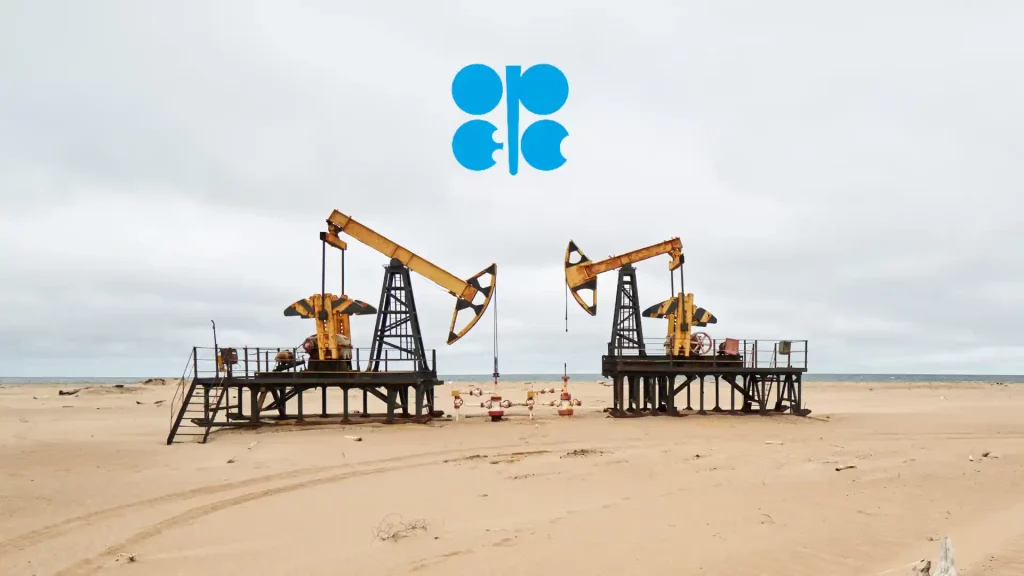The stable outlook shows that the risk-averse management team of the OPEC Fund and its enhanced capacity to implement will build a strong loan book growth with an improved financial risk profile
S&P Global Ratings has uplifted the long-term credit rating for the OPEC Fund for International Development to AA+ from AA. They have also attested an A-1- short-term issuer rating for the same fund and marked the outlook as stable.
As per the US-based agency, this rating represents low credit risk and displays that the issuer is equipped with the capability to repay its debt.
The stable outlook shows that the risk-averse management team of the OPEC Fund and its enhanced capacity to implement will build a strong loan book growth with an improved financial risk profile.
Abdulhamid Al-Khalifa, Director-General of the OPEC Fund, said that the rating upgrade reaffirms the strength of the fund’s strategy and effective buildup of capacity to execute its developmental mandate.
He added that this rating confirms their financial strength and strong fundamentals, which will help them to solidify further their relations with partner countries and the global development agenda.
The report mentioned that its financing vehicle has largely benefited from shareholder’s commitment and backing of its operations. At the end of 2022, three countries held 64% of the shares, with the largest shareholder being Saudi Arabia at 37.5%.
They appraised the OPEC Fund’s implementation of its ambitious growth agenda over 2022-2023. In the same period, they have expanded their loan book by an average of 12%. They believe that the Fund will maintain similar growth rates throughout 2024-2026.
A special mention was given to the intergovernmental fund’s entry into the capital markets. This was possible through benchmark and commercial issuances and a huge capacity to support the enhancement of lending operations.
The Fund entered the public funding market in January of 2023 with a range of products like the three-year fixed-rate, benchmark-sized sustainability bond, etc. It raised $1 billion through its debt issuance operations.
The agency hence views its entry as a positive sign, and after analysing its transaction, it concluded that its operations are enough to finance the Fund’s lending targets for the next 1.5 years and, in the meanwhile, fill up its liquidity reserves.
S&P said that they would further upgrade the ratings in the upcoming years if the role of the public policy of the OPEC Fund is globally strengthened. They anticipate this to happen when they possess a widened track record of dynamic lending growth, further expanding the institutions beyond their initial assumptions. This could also happen when the growth ambitions are fueled by tangible support from committed shareholders, such as infusing fresh capital.
They are open to downgrading the Fund as well if they observe that their agenda implementation is compromised, like growth substantially missing the targets or errors in risk management hampering the loan book quality to inherently shrink or the Fund’s strong preferred creditor treatment getting dwindled.
A big risk aversion arises from the fact that none of the shareholders borrow from the Fund, eliminating the influence over lending decisions. The shareholders rank lower than those of the World Bank in terms of transparency and governance indicators than their counterparts. They have yet to support the Fund with four general capital increases (GCIs) since its establishment.
The Fund enjoys a highly strong financial risk profile that enables it to expand its lending operations while allowing a hedge against adverse market conditions. The Fund has an RAC ratio of 90.6%, which is higher than its peer MLIs, giving it an added advantage of geographical and sectoral diversification.
It has a diversified portfolio with footprints in over 125 countries spanning Africa, Asia, the Middle East, Latin America, the Caribbean and Europe.
Since its inception back in 1976, it has disbursed over $24 billion to these 125 countries. This has aided sustainable development and countering global challenges like climate change and food security.
